Celebrating Mediocrity: Lessons Learned Running in 2016
In the days following a big city marathon, the stories that will grab the most attention and dominate the headlines are those that are so extraordinary they’re almost absurd. These are the stories that most vividly illustrate the ability of the marathon to shatter what we considered the limits of human strength and determination.
These are the stories of Jean-Paul Bedard, for whom enduring personal struggles which have claimed the lives of millions did not diminish the sheer grit needed to complete four consecutive marathons over the course of twenty four hours, and of Robert MacDonald, for whom it would have been a miracle at one time to walk again let alone traverse fourty-two kilometres. It is the story of Ed Whitlock, who in fifteen year old running shoes, ran a sub-4:00 marathon at the age of 85.
I ran alongside Mr. Whitlock for a few minutes during the portion of the Scotiabank Toronto Waterfront Marathon that goes out and back along Toronto’s waterfront. Only a few minutes after spotting Ed, the elite runners whipped past us in the other direction, already having hit the turnaround to head back east.
Such stories and experiences can be interpreted a few ways. They are, of course, sources of inspiration for us to push our own limits and opportunities to be humbled by incredible talent. On the other hand, no matter how much we may resist, they serve as points of comparison that make our own achievements feel diminished and our own stories seem insignificant.
On the day of the Scotiabank Toronto Waterfront Marathon, I was chasing my personal best at the half marathon. I was riding a wave of incredible momentum, having already twice run a PB at the distance in 2016. Despite the oppressive humidity and a blister on the bottom of my right foot having formed precisely where I struck the ground with every step, I did indeed run that PB and completed the race feeling optimistic that, if granted friendlier conditions, even stronger results awaited me.
Still, in a pond peopled by Eric Gillis and Ed Whitlock, I barely cause a ripple. At least when it comes to the tangibles of running – overall rankings, placements within our age group, how close our results bring us to Boston – I’m still thoroughly mediocre. I am slightly faster than the average man my age at the half marathon, but to the best of my recollection I have never ranked even within the top 50 in my age group.
If I were to tell anything to a new runner, it would be to embrace this from the very beginning. It would be that in running greatness is not imperative and that constantly measuring ourselves against any conception of it will result in feeling like a failure. When we come to running, we are not chasing an end but cultivating a life skill. What we think will be our greatest moments of triumph will actually prove insignificant in the long term.
In the time I spent distracted by measuring myself against standards, I missed the key realization that running was never meant to be measured. While I’ve had the privilege of seeing many friends experience astronomical growth in their abilities as athletes, I suppose deep down we all know when we first lace up a pair of shoes that while we may very well exceed our own highest expectations, we will probably not be the global sensation that is Ed Whitlock. In my case, I’ve always known that I will never be an impressive runner, never run Boston, and never stand on a podium. As of this writing, I’m okay with that.
What I wish for every new runner to know is that even those moments where we post our fastest times at a distance, or maybe place within the top three in our age categories, are fleeting. They may be the moments of our greatest and most vocal celebrations. They may be the ones that attract the greatest cries of support and congratulations from friends, family, and the running community. They are not, however, the moments when running has the most power in our lives. Furthermore, they are few and far between. They are not guaranteed and if we hunger too strongly for them, the despair produced by their absence is all the more devastating.
Our most important and powerful moments come when we are furthest removed from the celebratory atmosphere of the big race. From the moment we start running, it is likely that years down the line, if it isn’t the case already, that we will have days when we reach points of emotional exhaustion following conflict with family and friends, when our daily responsibilities frustrate us to the point of murderous rage, when the future is wildly uncertain, when we confront the deepest depth of despair and loss.
On those days, the time that we manage to carve out of our day to run will mean everything to us. It will come quietly, like Homer’s rosy-fingered dawn, but these will be our most powerful moments of running. It is in these moments that we realize, in Jean-Paul Bedard’s words, running is not something we do, but something we are* and furthermore an integral companion in a journey towards the better person we hope to be for ourselves and those around us.
It is in those moments, too, that we’re telling a story that doesn’t hit the headlines with a bang, but which makes itself felt every day. When we talk about community building in running, we’re often talking about the tangibles. The money pumped into a local economy on race weekend, the funds raised for charity through that race, and the myriad of growing run crews that have made our sport more social, empowering, and far reaching than ever.
Running’s community building power is beyond running itself. In our journey as mediocre runners, we grow as parents, partners, friends, and citizens. Taken cumulatively, that is an incredible story. At the root of community is the individual who has been given the support and room to flourish. In the cluster of runners who cross the finish line are thousands of such individuals who have been given and have taken that invaluable opportunity. Those are the runners who have obtained wisdom through running that is carried each day beyond the finish line.
For each of us who is invisible on the course, our impact is quietly felt and is the culmination of the steps that we each took in the both the silent and exuberant moments. As you are passed by the elites, as you fail to run your personal best, continue running with the knowledge that with each step you are part of this silent revolution.




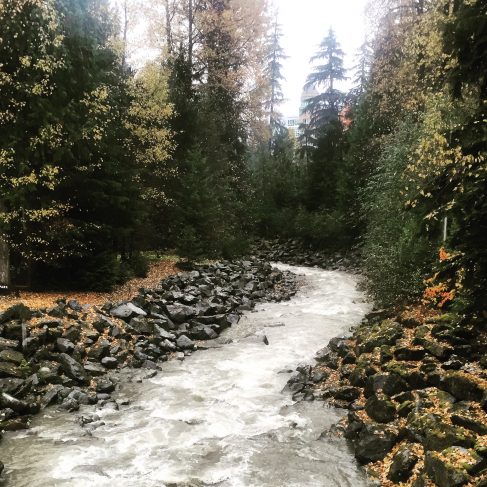




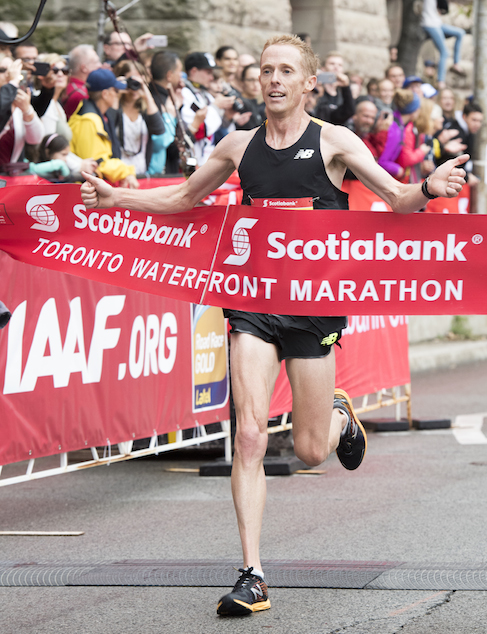
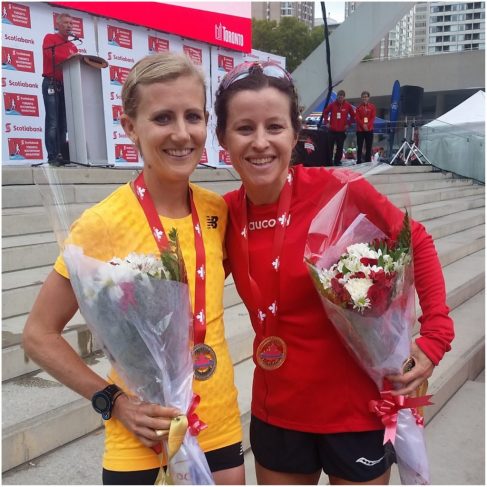
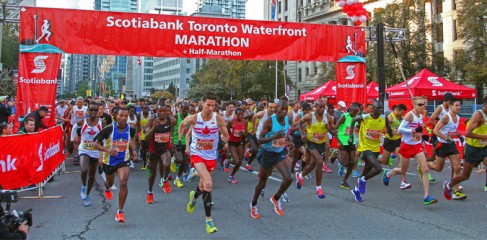

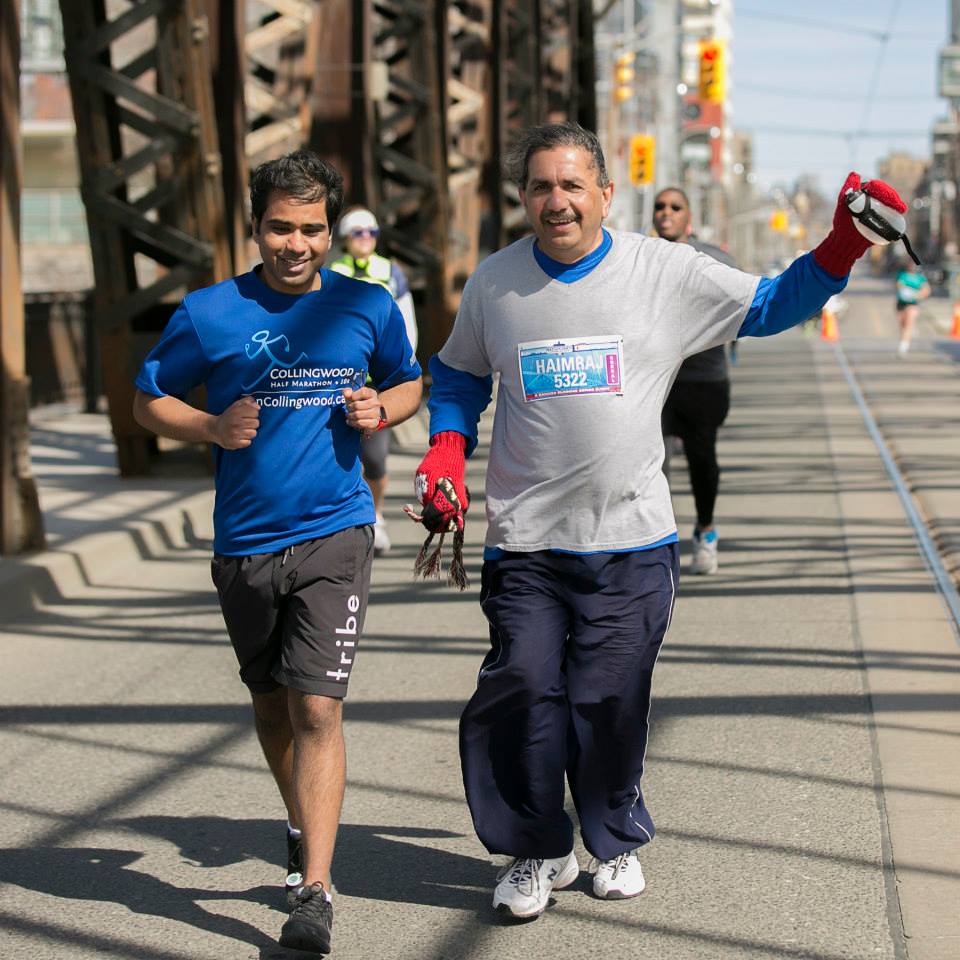
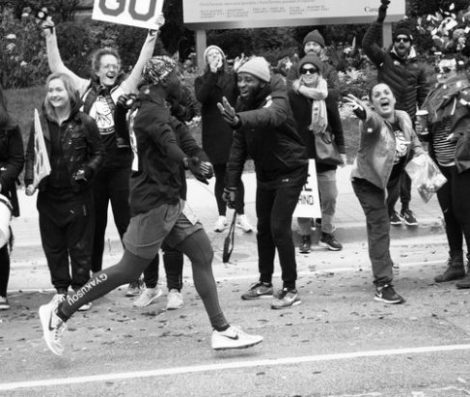



 Our Magazine
Our Magazine
